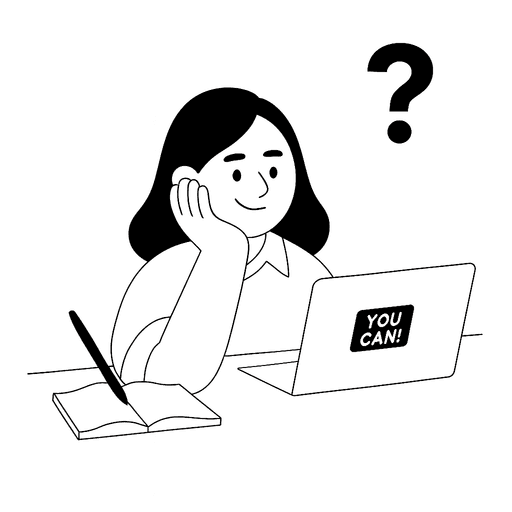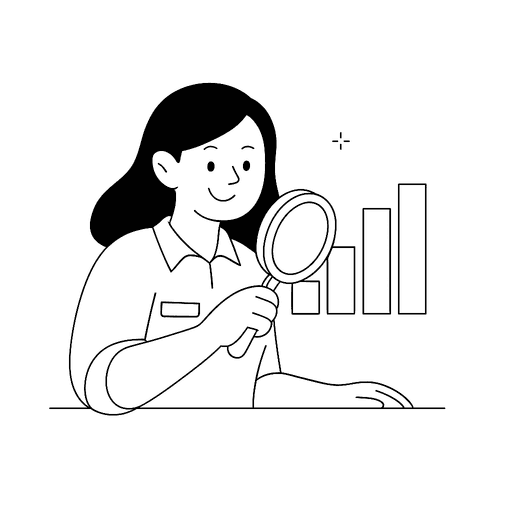Users were clicking, swiping, and reaching the end of onboarding like pros. So far, so good — right? But then someone asked: “Do they trust the product… or are they just following the steps?” Cue internal UX alarm. Because clicks ≠ confidence.
The metrics looked fine: onboarding completed, time on task solid, drop-off low-ish. But considering we were asking users to share financial info, “fine” wasn’t good enough.We needed real trust the emotional kind.
What I did?
Quick in-app surveys: “How confident do you feel right now?”
Watched for hesitation in interviews — pauses, rereads, that squinty look
Mapped drop-offs & dug into support chats
What I found? People didn’t need more explanation. They needed signals that said: “You’re safe here.”, like: brand logos they knew, trust badges at key steps, clear data protection cues, a dash of social proof (no pop-ups, promise) What changed? We moved those signals up — into moments of hesitation and it worked: Completion rates rose, Fewer users asked for help, Feedback shifted from “Hope this works” → “This feels solid”
Trust isn’t a screen or a sentence. It’s a feeling designed through timing, tone, and tiny decisions that say,“We’ve got you.”
That awkward moment when your quant and qual start arguing in front of stakeholders. 🤔
I ran into the classic UX research drama: Quant said one thing. Qual said another. Stakeholders looked confused. PM raised an eyebrow. I thought: Perfect. Let’s dig in.
Instead of treating it like a fail, I saw it as a diagnostic clue. Because when data disagrees, it’s often saying: “There’s more going on.”
My 5-step no-drama conflict-resolution ritual:
Audit the methods – Check the basics: recruitment, scenarios, analytics. Often, “conflicts” are just misaligned definitions.
Add a third angle – Still stuck? Time to triangulate.A quick survey, A/B test, or painted door can add clarity — fast.
Slice the data – Different users, different truths.Segments by device, skill, time — even vibes — often explain the gap.
Test the new theory – Build a lightweight prototype or run a small-scale launch. Let real behavior sort it out.
Show your receipts – Visual summary of what we found, what we fixed, and what changed.
Conflicting data isn't a red flag — it's an invitation. Lean into it, and you’ll make better calls, stronger designs, and fewer 10 p.m. Slack debates. 😅
We’ve all been there: A stakeholder walks in with a Strong Opinion™ and a plan to ship it by Friday.
Well-meaning, but… let’s say, optimistically detached from user reality. Instead of pushing back, I got curious.
Step 1: Meet them where they are. I paraphrased their idea to show I was listening — not just waiting to disagree. Then I reframed it around shared goals: conversion, trust, happy users. Suddenly, it wasn’t a debate — it was teamwork.
Step 2: Show, don’t argue.I brought two things:
✔️ A quick data snapshot — “Hmm, the numbers say otherwise...”
✔️ A 20-second user test clip — crystal clear, no overexplaining.
Rather than challenge the idea, I suggested: “Let’s test this on 10% of traffic and learn together.” No ego, just curiosity.
Step 3: Let the data speak. The A/B test showed a 7% lift in conversion. 🎯 The real win? I closed the loop in their language: “Your speed helped us validate this faster — and it worked.” They didn’t just accept the change — they championed it.
Changing minds isn’t about being right. It’s about listening smart, framing well and sometimes, letting a 20-second clip speak louder than 20 slides.
Step one? Get clear on the goal. Not “fix everything,” but one outcome that matters to both business and user. Think: “Make mobile checkout feel instant” — not “optimize UX.” Then I ask: What does success look like?
I break metrics into 3 tiers:
Outcome metrics – the North Star (e.g. conversion, task success)
Diagnostic metrics – the “why” (e.g. error rate, rage taps)
Guardrail metrics – the “don’t-break-stuff” layer (e.g. CSAT, latency)
Choosing the good stuff. For every metric, I ask:
• Is it actionable?
• Will it react if we change something?
• Can we track it without a dev crisis?
If not, it’s out.
Final step? Set baselines, define targets, auto-track it. Schedule metric check-ins like dentist visits: regular, slightly annoying, totally necessary.
A focused, lean metric set beats a bloated analytics zoo. If it won’t change your decision — it’s just decoration.




